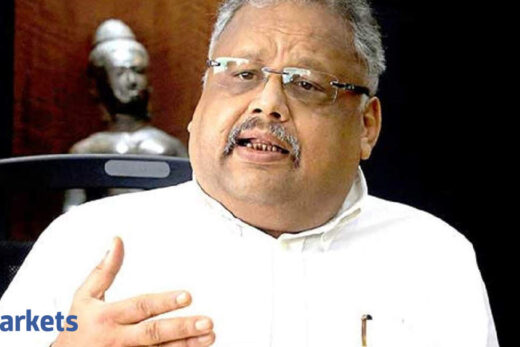“Investment shall be made in equity shares of such companies through IPO where the full float market capitalisation, calculated using the lower band of the issue price of the IPO, is higher than the market capitalisation of 200th company in the list of top 200 stocks,” Pension Fund Regulatory and Development Authority (PFRDA) said in a circular Tuesday evening.
For example, if the lower band of any IPO price is at Rs 150 apiece. It will be multiplied by the total number of outstanding shares and the sum should be more than the market cap of the 200th ranked company on stock exchanges.
is the 200th company by market capitalization on BSE, which was at Rs 21,415 crore at the end of trading Tuesday.
The threshold size implies sufficient liquidity and competitive interest. Funds are already allowed to invest in equity IPOs.
PFRDA has recently allowed investment in new-age assets, such as REITs and InvITs, to maintain a decent rate of return as interest rates plunge to record lows. The regulator has urged fund managers to consider the risks involved and the liquidity available in those investments before taking any such decision.
“We have also permitted investment in IPOs considering the wide opportunities available in the primary market,” said Supratim Bandhyopadhyay, Chairman at PFRDA. The rule of threshold was pending
PFRDA has already allowed IPO investments. Follow-on Offer (FPO) / Offer For Sale (OFS) were also permitted. Besides, pension funds can invest into secondary market listed equities ranked among the top 200 companies on local bourses.
A few days ago, PFRDA also allowed pension funds to invest in bonds issued by trusts that need money to run long-term projects.
“We will allow all such new investment instruments where the revenues are ring-fenced,” said Bandhyopadhyay.
Seven pension funds have collectively invested about Rs 800 crore since January in infrastructure and real estate trusts, since January in assets promoted by large companies – PowerGrid, IndiGrid, Embassy and Mindspace. These pension funds – SBI, LIC, UTI, ICICI Prudential, Kotak Mahindra, HDFC and Aditya Birla Sun Life – collectively manage about Rs 6.17 lakh crore of retirement money coming from central and state governments, private organizations and individual subscribers.
“We prefer strong sponsors with proven track records for investment in InvITs and REITs,” said Bandhyopadhyay. “You are managing retirement savings for millions of people. Dual responsibility of retaining high returns coupled with safety needs dedicated supervision and execution.”
A subscriber can invest up to 5 percent of contributions in new instruments like InvITs and REITs, according to the PFRDA mandate.
The regulator permitted pension funds to invest in IPOs that may generate decent returns in the long run. A pension fund can invest in IPOs following the prudential norms already in place.
Zomato’s IPO returned a stellar 65% on debut last week. Many more IPOs on the anvil, including that of Paytm,
The schemes managed by pension funds have generated returns in the wide range of 8.6-15.49% since inception, show data from PFRDA. The National Pension System was introduced way back in 2004 for central government employees and extended to ordinary savers in May 2009.
The variance of scheme returns among different asset classes – equity, corporate bonds and government securities – is high in the short term but the gap is reduced in the long run.
Pension funds follow mark to market valuation, a process similar to that of mutual funds.
“M-TO-M helps enhance your returns and credibility of NPS architecture by depicting the actual releasable value of investments despite holding funds of long-term investors,” said the PFRDA Chairman.
Pension fund managers, particularly with interest rates low, are looking to invest in debt papers of the right duration where the mark-to-market method can yield good returns.
The details of all investments in equity shares through IPO/FPO or OFS should be reported to New Pension Scheme Trust within 30 days of making such bets.



